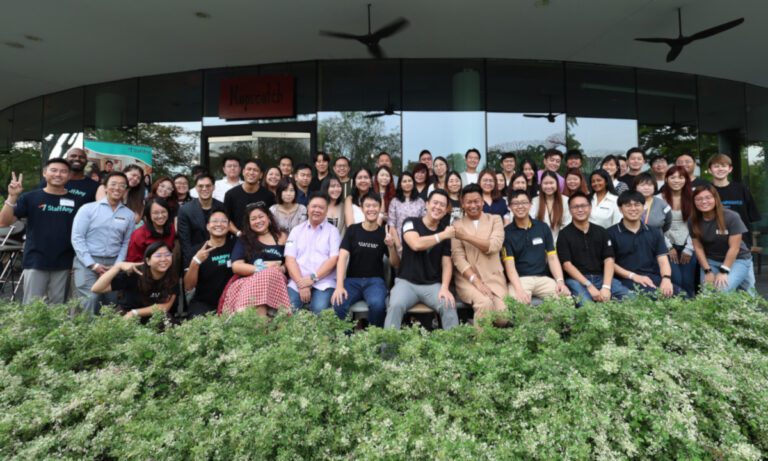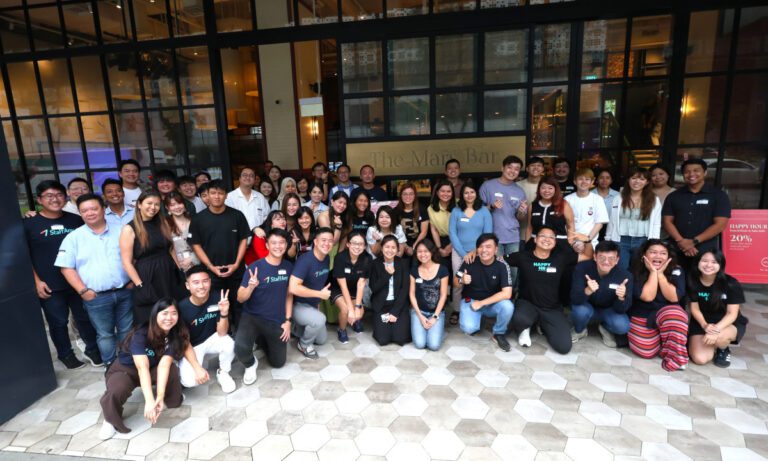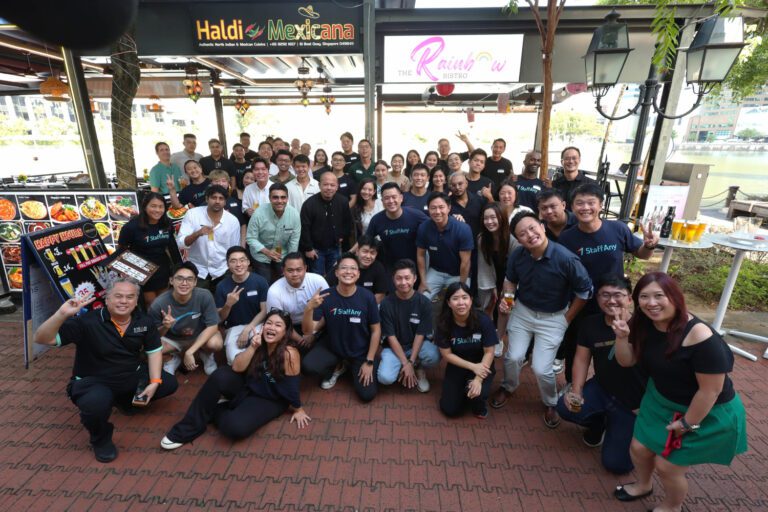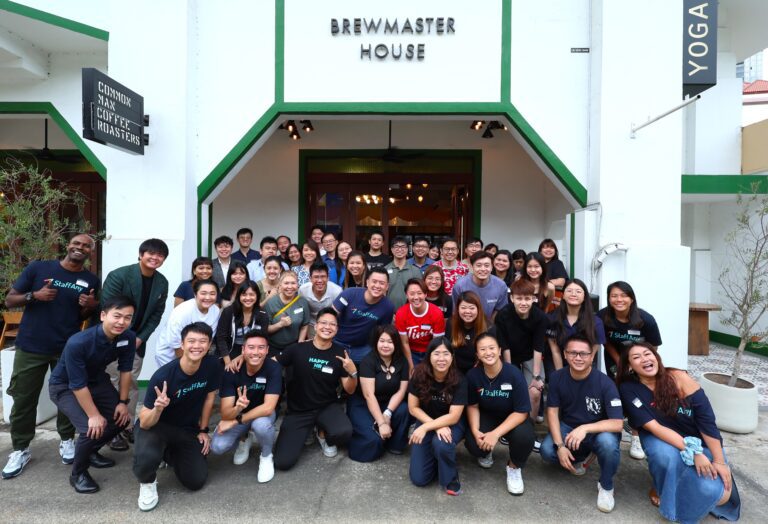We were delighted to have Ray Lian, Human Resource expert, to have joined us for the session. With extensive experience in hiring and staff retention, Ray provided practical insights into several HR challenges in the F&B industry.
His advice covered a broad spectrum of HR practices, from crafting clear referral programs to integrating technology for younger workers. Ray shared effective onboarding strategies, emphasized the importance of understanding operations, and highlighted how HR can drive engagement through cultural activities and open communication.
Here are the topics discussed together with the HR community.
Referral Programs: Clarity and Fair Compensation
A clear and straightforward referral program is crucial for success. A referral program must be visible and clear; if it’s too complex, it will deter participation. The market rate for a referral fee seems to be around $500, often split into partial payments—one at the time of onboarding and another upon the employee’s confirmation. Interestingly, a survey from the attendees revealed that 30% of companies offer below $300, 50% offer between $300 and $500, and 20% offer above $500.
Effective Onboarding for Cultural Integration
Promoting reward strategies and cultural integration during onboarding is essential, rather than overwhelming new hires with policies and SOPs. A more elaborate onboarding process allows staff to understand the culture. The goal is to ensure a cultural fit within the first 60 days. This can involve activities that foster mingling and interaction, making new employees feel part of the community.
Shared ownership of onboarding training between HR and operations helps create a comprehensive program. This includes the brand story, operational orientation, and a mix of theory and practical application. Regular meetings to review hiring outcomes are essential to improving the hiring process over time.
HR as a Strategic Partner
HR should position itself in a way that serves the operations team effectively. By looking at operations as clients, HR can determine how best to serve them. This approach requires HR to understand and align with the company’s mission and vision to maximise interest and engagement. Policies should be designed with the company’s bottom line in mind. In HR meetings, many companies focus on turnover reasons and numbers to formulate strategies.
For effective retention, it’s crucial to consider how management perceives employees. Minimal or no engagement from management can make employees feel like they are just a means to an end. For example, during the Dumpling Festival, Ray sent 3,000 dumplings to his Chinese staff as a gesture of appreciation. This builds the human touch between management and staff.
Understanding Operations for Better HR Practices
The role of HR Business Partners (HRBPs) is vital. HRBPs must understand operations thoroughly—this could even mean becoming a barista or chef temporarily to gain firsthand experience. By understanding the intricacies of the roles within the company, HR can make more informed decisions and provide better support.
Technology and Young Workers
Younger workers often value technology in their jobs, so companies that integrate tech into their operations may attract this demographic. This means HR should also be tech-savvy and understand how to leverage technology to improve HR processes and employee engagement.
Managing Labor Costs and Incentives
In terms of managing labor costs, HRBPs need to know the company’s goals and focus on saving money before thinking about pay and benefits. This means making sure HR rules match the company’s plans, staying within budget, and offering good pay that also keeps the company earning well. Managing labor costs wisely and using resources carefully helps keep the company’s money in good shape while getting and keeping good workers.
When making incentive plans, HRBPs should get ideas from different parts of the company like HR and operations. Incentives should be tied to clear goals, like increasing sales, and have easy-to-understand performance measures. Checking these plans often and telling employees clearly how pay and incentives are linked to the company’s success helps keep everyone motivated and ready to adapt to changes in the company’s plans.
Managing Company Culture
To keep culture consistent, companies should have standard processes like consistent onboarding and training for all employees. Regular check-ins and reviews focusing on job performance and cultural fit help maintain unity.
Involving business owners or managers in these cultural efforts is crucial because they understand their teams’ specific needs and can help tailor initiatives to fit them. The managers should frequently engage with employees to ensure everyone understands and follows these values. By working together, a company can build a strong, positive culture that everyone follows, no matter where they are.
Conclusion
The discussion amongst HR leaders provided valuable lessons for HR managers in the F&B industry. By focusing on clear referral programs, comprehensive onboarding, cultural integration, and open communication, HR managers can improve hiring and retention rates. Understanding and aligning with the company’s mission and vision, engaging employees meaningfully, and using technology effectively are key strategies. With these approaches, HR can better serve their operations teams and contribute to the company’s overall success.
Are you a HR manager encountering the same issues? Join our next HR session to network and learn from other HR leaders! Register your interest through the button below, and we look forward to seeing you next time!




